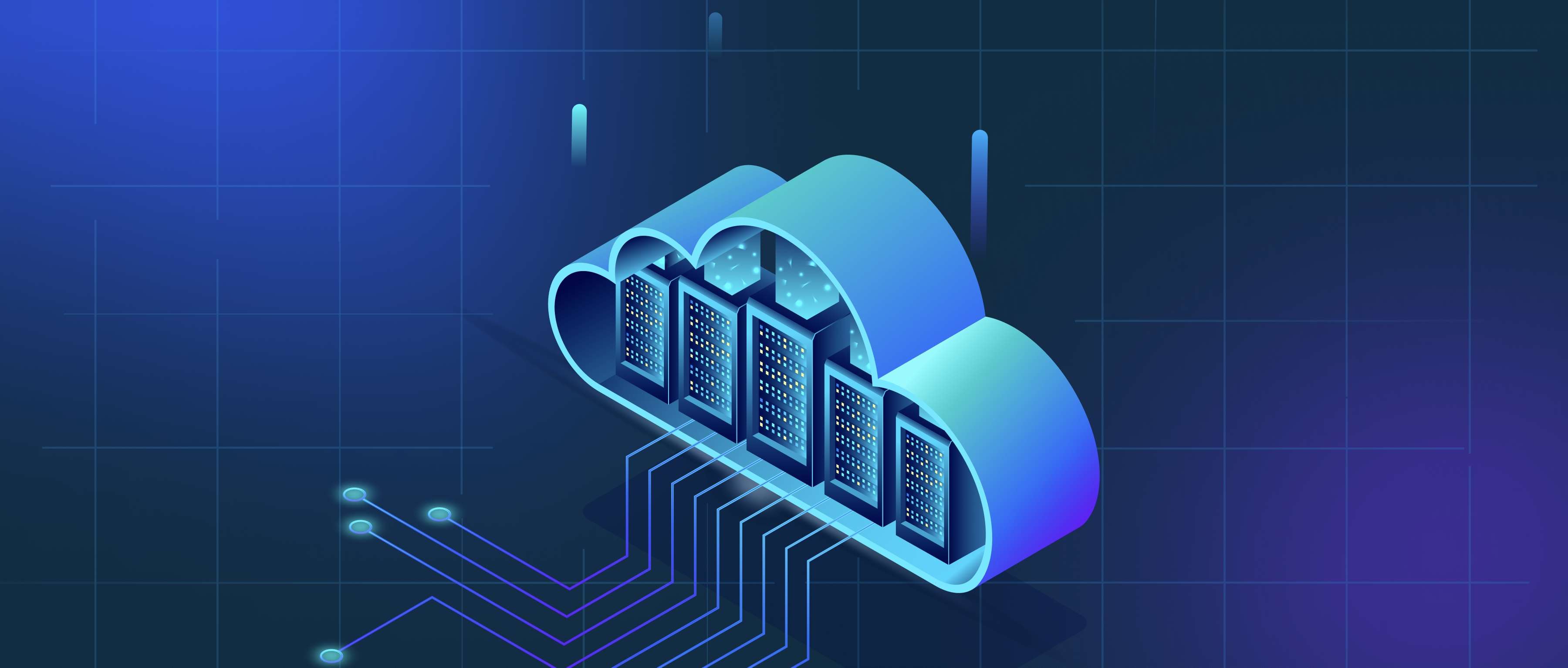Facial recognition in computer vision is a technology that identifies or verifies a person’s identity by analyzing and comparing patterns based on facial features. The process involves detecting faces in images or videos, extracting relevant features, and comparing them against a stored database to find a match. The key steps include face detection (locating the face within an image), feature extraction (capturing unique facial characteristics), and classification (matching the extracted features to known faces). One popular algorithm used for this task is Deep Learning-based Convolutional Neural Networks (CNNs), which automatically learn complex patterns in facial features. Facial recognition is commonly used for security and surveillance, such as in airport security, where it can automatically identify individuals from a crowd. It is also widely used in consumer devices like smartphones for authentication purposes. For example, Apple's Face ID system uses facial recognition to unlock devices. Privacy concerns have arisen due to the widespread use of facial recognition technology, especially in public spaces. However, it remains a key technology for personal identification and access control in various industries, from banking to law enforcement.
What is facial recognition in computer vision?

- Natural Language Processing (NLP) Basics
- Master Video AI
- Getting Started with Milvus
- AI & Machine Learning
- GenAI Ecosystem
- All learn series →
Recommended AI Learn Series
VectorDB for GenAI Apps
Zilliz Cloud is a managed vector database perfect for building GenAI applications.
Try Zilliz Cloud for FreeKeep Reading
What techniques can be used to detect hallucinations in a RAG-generated answer (for example, checking if all factual claims have support in the retrieved text)?
To detect hallucinations in RAG-generated answers, developers can use techniques that systematically compare generated c
How do Vision-Language Models enhance multimedia search engines?
Vision-Language Models (VLMs) enhance multimedia search engines by integrating visual and textual information to create
What are the licensing options for speech recognition software?
Speech recognition software comes with a variety of licensing options, each designed to cater to different needs and use